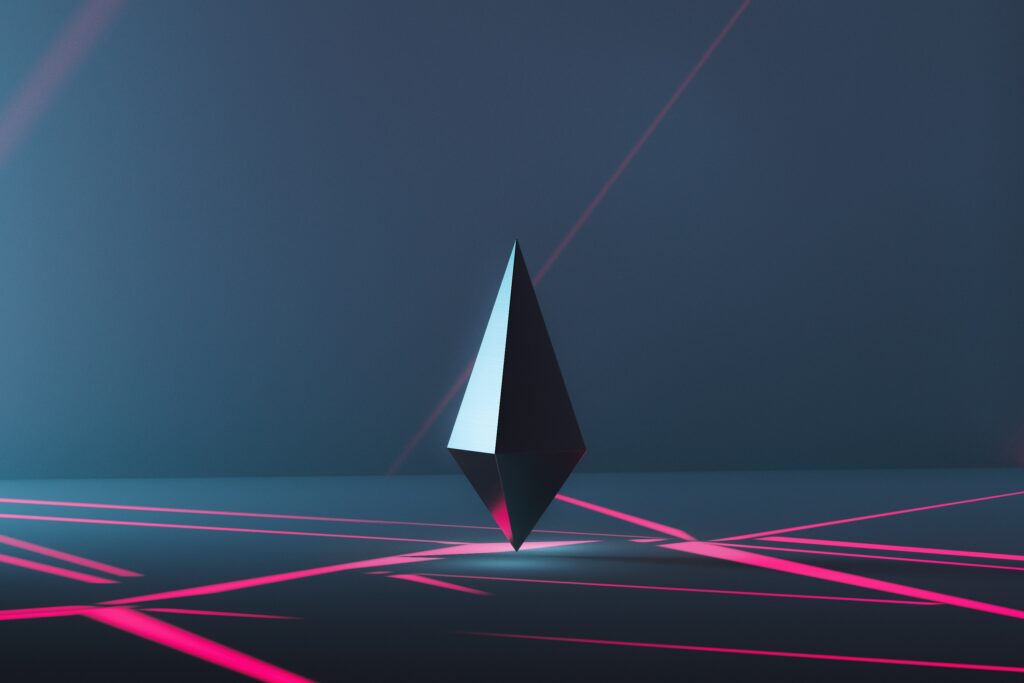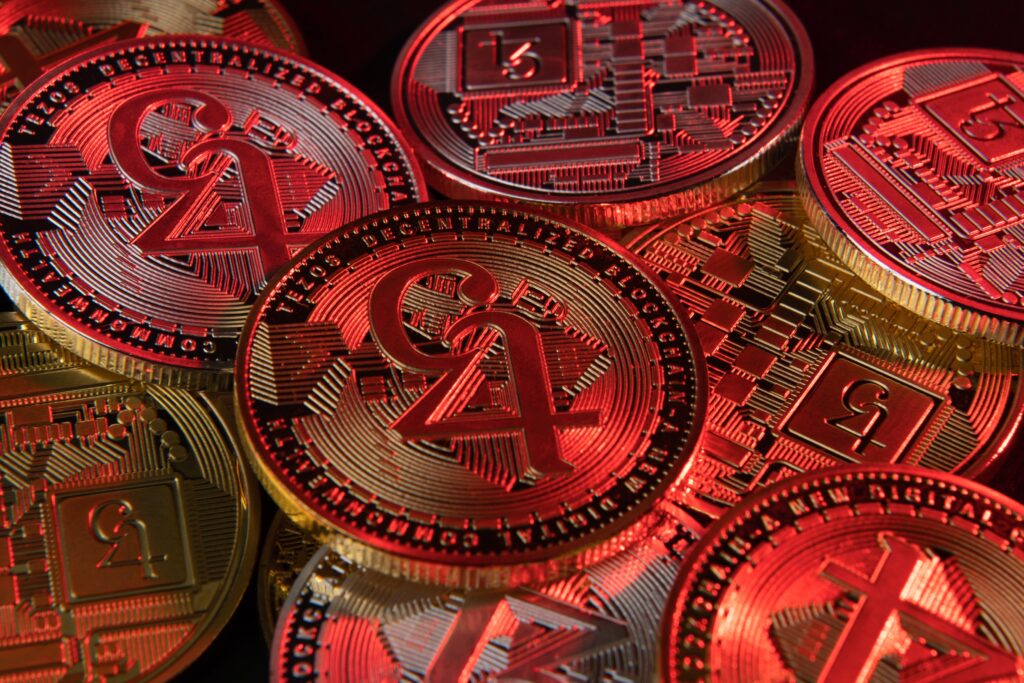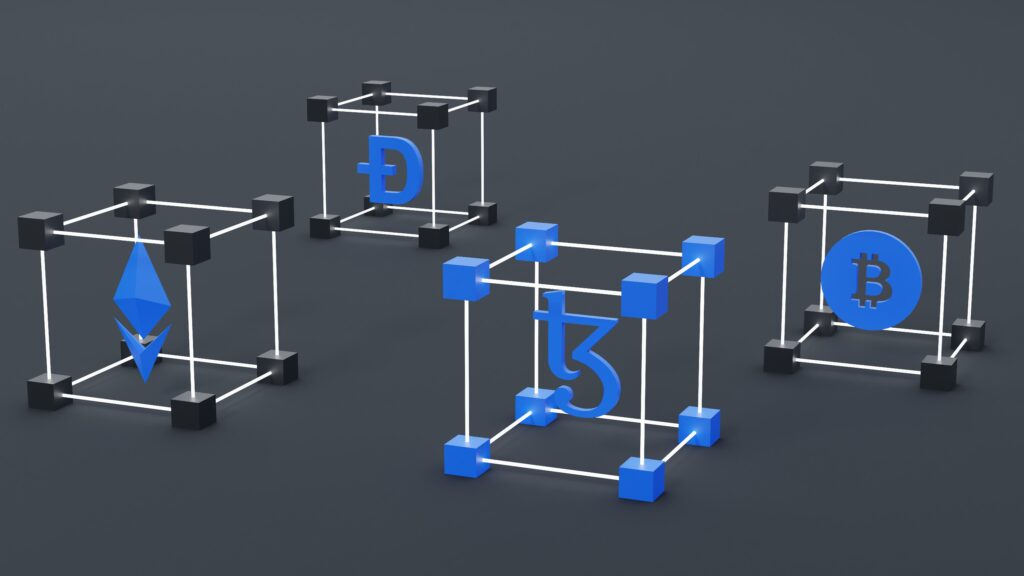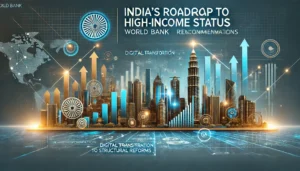Bitcoin is a digital currency which operates free of any central control or the oversight of banks or governments.
Cryptocurrency
Cryptocurrency is a digital payment system that doesn’t rely on banks to verify transactions. … When you transfer cryptocurrency funds, the transactions are recorded in a public ledger. Cryptocurrency is stored in digital wallets. Cryptocurrency received its name because it uses encryption to verify transactions.

Advocates say Metaverse ultimately will be an advanced domain where individuals regularly utilize virtual symbols to work, play, shop and appreciate diversion. Experts figure Apple could expand its environment of equipment, programming and administrations into this new domain

Metaverse Meaning
Axie Infinity, The Sandbox, Decentraland have effectively fused specific parts of the metaverse to bring various components of our lives into online universes. Notwithstanding, the metaverse is as yet being worked on. Nobody knows whether there will be only one major widely inclusive metaverse or various metaverses that you can go around.
Metaverse is an idea of a web-based 3D digital world with virtual land and objects. Envision a world in which you can work remotely, visit virtual exhibition halls to see the most recent craftsmanships, or join your kindred musical crew fans at a virtual show, all from the solace of your home.
The big-box retailer filed several new trademarks in Dec. ‘21 that indicate its intent to make and sell virtual goods.


With Facebook changing its name to Meta in October 2021, the metaverse turned into the new most loved popular expression. To cook for its rebranding, the web-based media monster emptied assets into another division called Reality Labs to spend something like 10 billion dollars in 2021. The thought is to create metaverse content, programming, just as AR and VR headsets, as CEO Mark Zuckerberg accepts will be pretty much as far reaching as cell phones later on.
The COVID-19 pandemic has additionally sped up the interest in creating metaverses. There is an expanded interest for more intuitive ways of interfacing with others as more individuals have begun working from a distance. Virtual 3D spaces that let colleagues join gatherings, make up for lost time, and work together are on the ascent. The Microsoft Mesh uncovered in November 2021 is a model. It highlights vivid spaces for clients to blend and work together utilizing their symbols, making remote group gatherings seriously captivating and fun.
Crypto Metaverse

Walmart appears to be venturing into the metaverse with plans to create its own cryptocurrency and collection of NFTs.

Artificial intelligence (AI) has been widely applied in our lives in recent years: business strategy planning, decision making, facial recognition, faster computing, and more. More recently, AI experts have been studying the possibilities of applying AI to the creation of immersive metaverses.
AI has the potential to process a lot of data at lightning speed. Combined with machine learning techniques, AI algorithms can learn from previous iterations, taking into account historical data to come up with unique outputs and insights.
Within the metaverse, AI can be applied to the non-player characters (NPCs) in different scenarios. NPCs exist in almost every game; they are a part of the gaming environment designed to react and respond to players’ actions. With AI’s processing abilities, NPCs can be placed across the 3D spaces to facilitate lifelike conversations with users or perform other specific tasks. Unlike a human user, an AI NPC can run on its own and be used by millions of players at the same time. It can also work in several different languages.
Another potential application for AI is in the creation of metaverse avatars. AI engines can be used to analyze 2D images or 3D scans to generate avatars that look more realistic and accurate. To make the process more dynamic, AI can also be used to create different facial expressions, hairstyles, clothes, and features to enhance the digital humans we create.

Metaverse technology provides a decentralized and transparent solution for digital proof of ownership, digital collectibility, transfer of value, governance, accessibility, and interoperability. Cryptocurrencies enable users to transfer value while they work and socialize in the 3D digital world.
For example, crypto can be used to buy virtual lands in Decentraland Players can purchase 16×16 meter land parcels in the form of Non Fungible Tokens with the game’s cryptocurrency MANA. With the support of blockchain technology, the ownership of these virtual lands can be established and secured.
In the future, crypto can potentially incentivize people to actually work in the metaverse. As more companies take their offices online for remote working, we might see metaverse-related jobs being offered.
Augmented reality (AR) and virtual reality (VR) can give us an immersive and engaging 3D experience. These are our entry points to the virtual world. But what’s the difference between AR and VR?
AR uses digital visual elements and characters to morph the real world. It’s more accessible than VR and can be used on almost any smartphone or digital device with a camera. Through AR applications, users can view their surroundings with interactive digital visuals, similar to what we have in the mobile game Pokémon GO. When players open the camera on their phones, they can see Pokémons in the real-world environment.
VR works differently. Much like the metaverse concept, it produces an entirely computer-generated virtual environment. Users can then explore it using VR headsets, gloves, and sensors.
The way AR and VR work shows an early model of the metaverse. VR is already creating a digital world that incorporates fictional visual content. As its technology becomes more mature, VR can expand the metaverse experience to involve physical simulations with VR equipment. Users will be able to feel, hear and interact with people from other parts of the world. Considering the hype around the metaverse, we can expect more metaverse companies to invest in AR and VR equipment development in the near future.
While this is not new technology, the use of 3D reconstruction has been rising during the pandemic, especially in the real estate industry, as lockdowns prevented potential buyers from visiting properties in person. Therefore, some agencies adopted 3D reconstruction technology to generate virtual property tours. Much like the metaverse we imagined, buyers could look around potential new homes from anywhere and make purchases without even having stepped foot inside.
IoT) was first introduced in 1999. Simply put, IoT is a system that takes everything in our physical world and connects them to the Internet through sensors and devices. After connecting to the Internet, these devices will have a unique identifier and the ability to send or receive information automatically. Today, IoT is connecting thermostats, voice-activated speakers, medical devices, and much more to a wide range of data.
One of the applications of IoT on the metaverse is to collect and provide data from the physical world. This would increase the accuracy of the digital representations. For example, IoT data feeds could change the way certain metaverse objects function based on the current weather or other conditions.
Implementing IoT can seamlessly connect the 3D world to a large number of real-life devices. This enables the creation of real-time simulations in the metaverse. To further optimize the metaverse environment, IoT could also use AI and machine learning to manage the data it collects.
One of the challenges for the metaverse is to create a digital environment that appears as close to our real world as possible. With the help of 3D reconstruction, it can create realistic and natural-looking spaces. Through special 3D cameras, we can take our world online by rendering accurate 3D photorealistic models of buildings, physical locations, and objects. The 3D spatial data and 4K HD photography are then passed to computers to process and generate a virtual replica in the metaverse for users to experience. These virtual replicas of physical world objects can also be referred to as digital twins.
While the metaverse is still under development, many companies are already exploring its potential. In the crypto space, Decentraland and The Sandbox are notable projects, but big companies like Microsoft, Nvidia, and Facebook are also getting involved. As AR, VR, and AI technologies advance, we will likely see exciting new features in these virtual, borderless worlds.










2 thoughts on “What is Bitcoin”
Pingback: Harassment by Recovery Agent – Dhathura Associates
Very important information ?
Comments are closed.